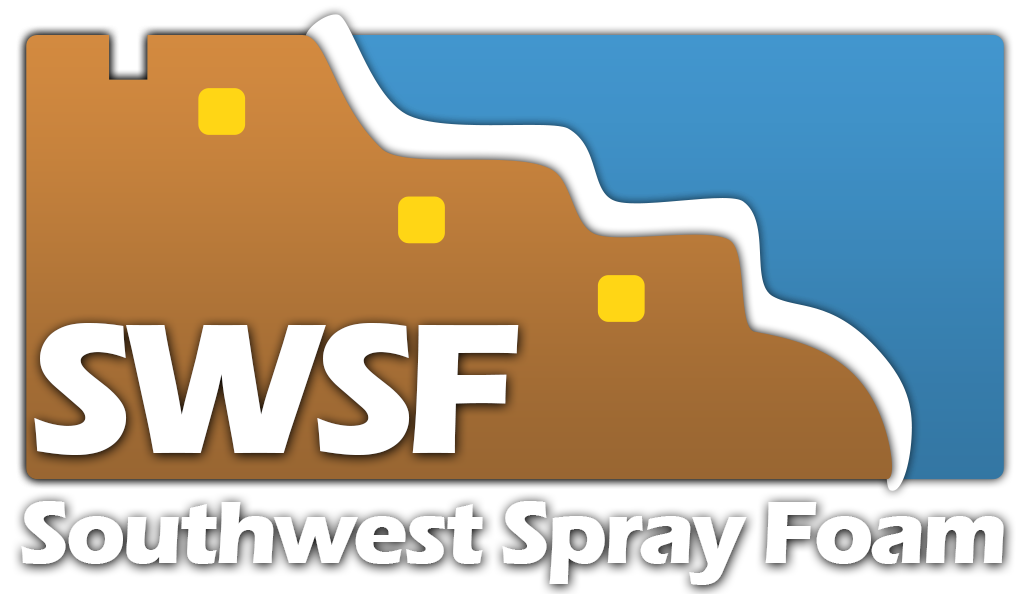Frequently Asked Questions
Why is polyurethane foam roofing better than conventional roofing?
Polyurethane foam roofing is unique from any other type of roofing because of its ability to provide a seamless, monolithic layer of water proof protection. It is spray applied so each application is custom shaped to fit perfectly. Conventional membrane roofing systems are manufactured off site, and must be cut and glued together in order to cover the entire roof. Typically the material itself does not fail, it is the joints and seams that fail over time.
Why do some foam roofs fail?
Like all aspects of construction application is key. Spray polyurethane foam (SPF) is not a fix all for any roofing problem. There are key to assuring that a foam roof is properly installed. First the right kind of foam must be used. There are many different density of foam. Many failures can be traced back to either the wrong density or off ratio application due to applicator of equipment failure. This is why it is so important that a certified applicator is used. Unlike conventional roofing, foam is made on site. It is up to the applicator to make sure that the conditions are right to apply the foam in the first place. Once the conditions are appropriate the applicator must make sure that proper slope can be achieved. Slope is the key to the success of all roofs, not just SPF. If the finished roof does not slope properly it will not last as long as it should.
Do birds eat foam?
Birds do not eat foam. However bird will explore foam by pecking into it. Typically a bird peck will measure no more than 1-2 square inches. Larger pecks have been witnessed by home owners and contractors in different areas. It is important to inspect the roof and make sure that major damage is not taking place due to birds. Rarely do birds cause enough damage to cause a leak, but it can happen. Polyurethane caulk can be used to repair bird damage.
What is better coating or gravel?
Ultra violet ray and hail damage is the biggest enemy of SPF roof. There is two ways to protect the waterproofing foam from these threats. One is UV COATING. There are many different types of coatings. The easiest and most popular to uses is acrylic. Coating is applied to the foam in order to protect is from the ultra violet rays. As time goes by the coatings will need to be re-applied. Often times this maintenance never takes place until it is too late. The foam can become damaged and major cleaning and scarifying must take place to re- foam the roof. This is very expensive and frustrating for contractors and home/building owners alike.
In many regions coated roofs are ideal, but in areas in higher elevations with colder temperatures, a better protection is needed. In the late 1970’s when coated roofs were failing to meet the expectations of contractors, gravel was introduced to be used as UV protection. The gravel protects to foam from UV damage as well as hail and even birds. One positive is that gravel is relatively inexpensive and does not break down. The maintenance cost of a gravel roof compared to a coated roof over thirty years is could is some cases by a new roof! The down side of gravel is that it is labor intensive to apply and it also requires added strength in the structure because of weight. Each roof is different and should be evaluated by a Licensed roofing contractor to recommend the right system.
How long do SPF roofs last?
The typical warranty will be about 10 years. With maintenance many roofs last 20-30 years. The key is to make sure the roof was installed properly in the first place, with the correct grade of foam, proper drainage and UV protection. Always make sure that applicator is a certified applicator.
